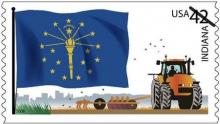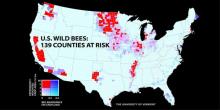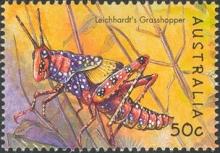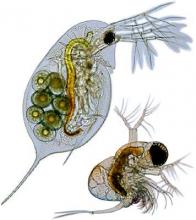Paraguay: Das Land, in dem Soja tötet
- Read more about Paraguay: Das Land, in dem Soja tötet
- Log in to post comments
80 Prozent der Ackerfläche in Paraguay ist mit Soja bepflanzt. 1950 hatte Paraguay noch neun Millionen Hektar Waldfläche, 2004 waren es nur noch 1,3 Millionen Hektar. In der Grenzregion zu Brasilien wurde der Regenwald abgeholzt und durch Sojafelder ersetzt. Die Produktion von Soja zerstört den Boden und Pestizide kommen zum Einsatz. Das hat schwerwiegende Folgen auf die Umwelt sowie die Gesundheit der Menschen. Laut Wissenschaftlern erhöhen sich die Magenerkrankungen durch das Einatmen beim Pflanzen der Bohnen, nachdem diese schon behandelt worden seien.










